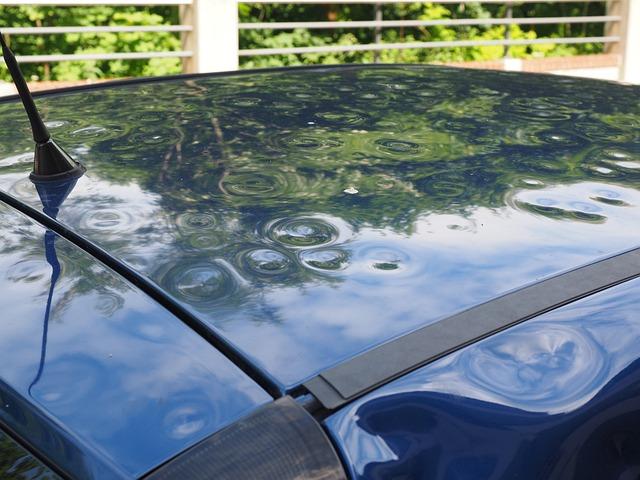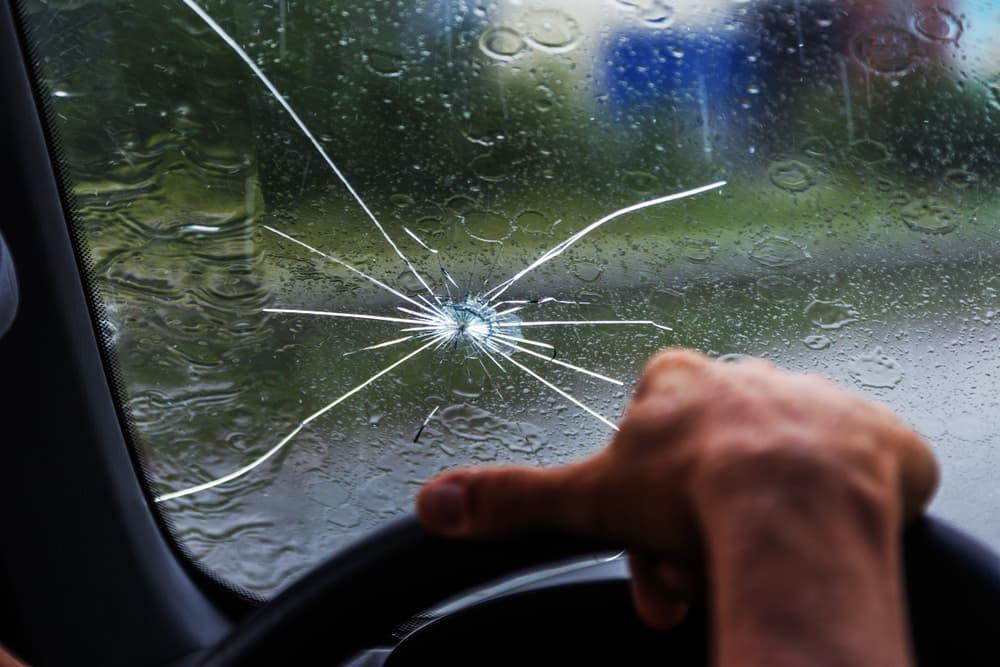Navigating the aftermath of severe weather can be overwhelming, especially when your vehicle has sustained damage. Understanding how to file a claim for weather-related damage to your car is essential in ensuring that you receive the compensation you deserve. This comprehensive guide will walk you through each step of the process, providing you with the knowledge and tools necessary to handle your claim with confidence. From assessing the damage to dealing with insurance companies, we offer authoritative advice to help you effectively manage your situation and safeguard your financial interests. Whether you’re dealing with hail, flooding, or fallen debris, this article is your go-to resource for navigating the complexities of filing a weather-related car damage claim.
Understanding Your Insurance Coverage for Weather-Related Damage
When it comes to protecting your vehicle from the unpredictable forces of nature, understanding your insurance coverage is crucial. Weather-related damages, such as those from hailstorms, floods, or hurricanes, are typically covered under comprehensive auto insurance. Comprehensive coverage is designed to protect against non-collision-related incidents, making it a valuable component of your policy. It’s important to review your policy details to ensure you have this coverage and understand any limitations or deductibles that may apply.
Before you file a claim, keep these essential points in mind:
- Document the damage: Take clear photos of the damage from multiple angles to support your claim.
- Check your deductible: Know the amount you are responsible for before your insurance kicks in.
- Review your policy: Familiarize yourself with the terms, conditions, and exclusions related to weather-related damage.
- Contact your insurer promptly: Reporting the incident as soon as possible helps in expediting the claims process.
- Keep all receipts: Any repair or towing costs incurred should be documented for reimbursement.
By understanding your coverage and preparing the necessary documentation, you can navigate the claims process with confidence and ensure your vehicle is back on the road swiftly.

Documenting the Damage: Essential Steps for a Successful Claim
When it comes to ensuring your insurance claim is successful, meticulous documentation of the damage is paramount. Start by taking clear and comprehensive photos of the affected areas. Capture multiple angles and include close-ups to highlight specific damages such as dents, scratches, or broken parts. Don’t forget to photograph the vehicle’s overall condition to provide a complete picture. Additionally, document the scene where the incident occurred, especially if environmental factors like fallen branches or debris contributed to the damage.
- Date and time: Record the exact date and time the damage occurred.
- Weather conditions: Note the weather conditions at the time, as this can be crucial in proving the cause of damage.
- Witness statements: If possible, gather statements from any witnesses who can corroborate your account of the event.
- Official reports: Obtain any relevant police or weather reports that can support your claim.
Maintaining an organized record of all these details will not only streamline the claims process but also reinforce your position when negotiating with your insurer. Remember, thorough documentation can be the difference between a successful claim and a frustrating denial.

Navigating the Claims Process: Tips for Effective Communication with Your Insurer
To ensure a smooth claims process, effective communication with your insurer is crucial. Here are some strategies to help you navigate this process efficiently:
- Document Everything: Take detailed notes of all interactions with your insurer, including dates, times, and the names of representatives you speak with. This record will be invaluable if discrepancies arise later.
- Be Clear and Concise: When explaining the damage, use precise language and provide a clear account of the incident. This will help avoid misunderstandings and expedite the assessment process.
- Follow Up: If you haven’t received a response within a reasonable timeframe, don’t hesitate to follow up. Consistent communication shows your commitment to resolving the claim promptly.
Remember, your insurer is there to assist you, but proactive and clear communication can significantly influence the speed and success of your claim resolution.
Avoiding Common Pitfalls: Expert Advice for Maximizing Your Claim
When filing a claim for weather-related damage to your car, it’s essential to sidestep some common missteps that could hinder your claim process. First and foremost, document the damage thoroughly. Take clear, detailed photos from multiple angles as soon as it’s safe to do so. These images will serve as crucial evidence when communicating with your insurance provider. Additionally, don’t delay in reporting the damage. Insurers often have specific timeframes within which claims must be filed, so it’s imperative to act promptly.
- Review your policy: Understand what types of weather-related damage are covered under your policy. Familiarize yourself with terms and conditions to avoid unexpected denials.
- Keep detailed records: Maintain a file with all related documents, including repair estimates, receipts, and correspondence with your insurance company.
- Avoid unauthorized repairs: Before proceeding with any repairs, ensure you’ve received approval from your insurer. Unauthorized work may not be reimbursed.
- Communicate effectively: When interacting with your insurer, be clear and concise. Provide all requested information promptly to avoid delays.
By adhering to these expert tips, you’ll not only expedite the claims process but also maximize the potential reimbursement for your vehicle’s weather-related damages.

